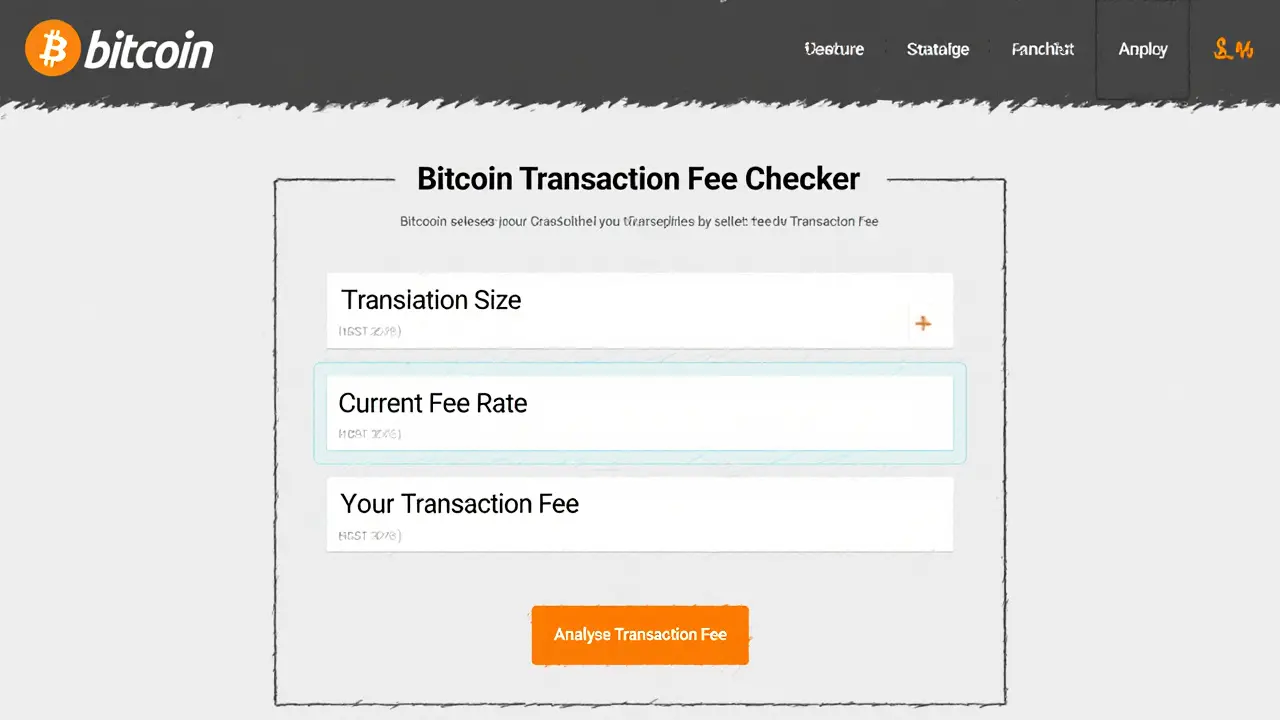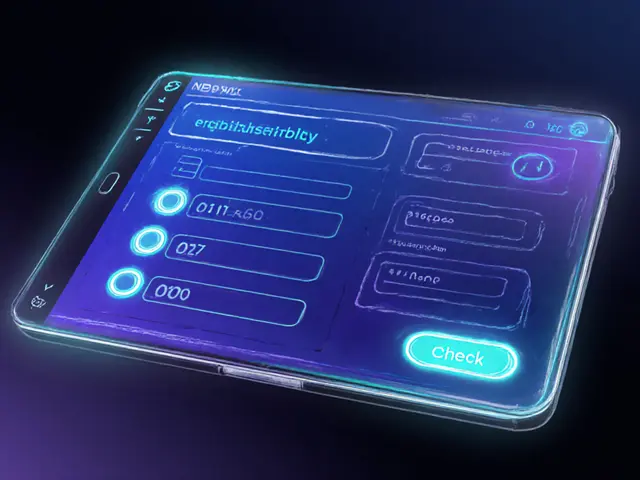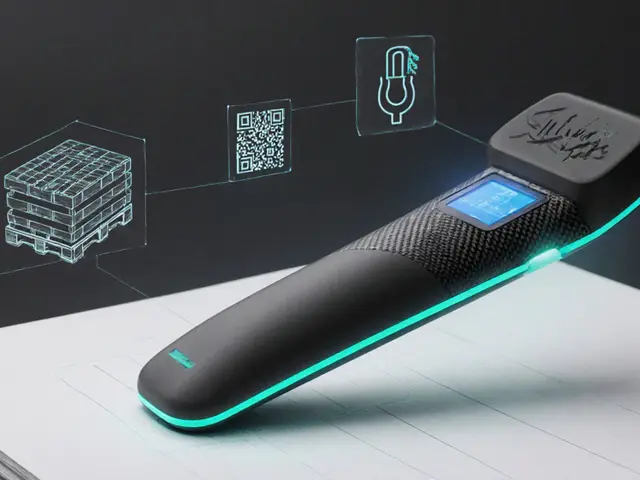Bitcoin Mempool: What It Is and Why It Matters
When working with Bitcoin mempool, the pool of unconfirmed Bitcoin transactions waiting to be added to the blockchain. Also known as the transaction pool, it acts as a waiting room where each transaction hangs out until miners pick it up. The mempool size directly reflects how busy the network is, and it changes second‑by‑second as users send new payments and miners clear old ones. Transaction fee, the amount a sender pays to incentivize miners plays the starring role here: higher fees push a transaction toward the front of the line, while low‑fee ones can linger for hours.
How Fees, Block Size, and Mining Shape the Mempool
The mempool isn’t just a static list; it’s a dynamic market. When demand spikes—say during a price rally—users start attaching bigger transaction fees, measured in satoshis per byte to outrun the crowd. This fee‑burst inflates the mempool, forcing miners to select the most profitable transactions first. Bitcoin mining, the process of solving proof‑of‑work puzzles to create new blocks acts as the clearing mechanism: each new block can only hold a limited number of bytes (the block size limit), so miners prioritize by fee. The result is a direct semantic link: Bitcoin mempool encompasses unconfirmed transactions, transaction fee influences mempool size, and Bitcoin mining clears the pool. When the network is congested, average fees rise, and users may see longer confirmation times. Conversely, after a halving event or when hash power drops, miners might be less aggressive, causing the mempool to swell even with modest fees.
Understanding this fee‑congestion loop is crucial for anyone trading or sending Bitcoin. Low‑fee users can monitor the mempool with tools that display real‑time transaction counts and average fee rates, letting them decide whether to bump fees with Replace‑by‑Fee (RBF) or wait for a quieter period. For traders, the mempool gives clues about short‑term supply‑demand pressure that can affect price moves—big spikes in pending transactions often precede rapid price changes. Moreover, the concept of block confirmation, the moment a transaction is included in a mined block and becomes immutable ties the whole system together: a confirmed transaction exits the mempool, reducing congestion and resetting fee expectations. Below you’ll find deep dives on miner capitulation after the 2024 halving, how market orders interact with the order book, and the latest regulatory news that could shift mining incentives. Armed with this background, you’ll be ready to interpret each article’s take on fee dynamics, mining profitability, and strategies to navigate a busy mempool.
How to Clear Stuck Bitcoin Transactions from the Mempool (2025 Guide)
Learn how to free Bitcoin transactions stuck in the mempool using RBF, CPFP, accelerators, expiration and more-step‑by‑step guide for 2025.
View More




